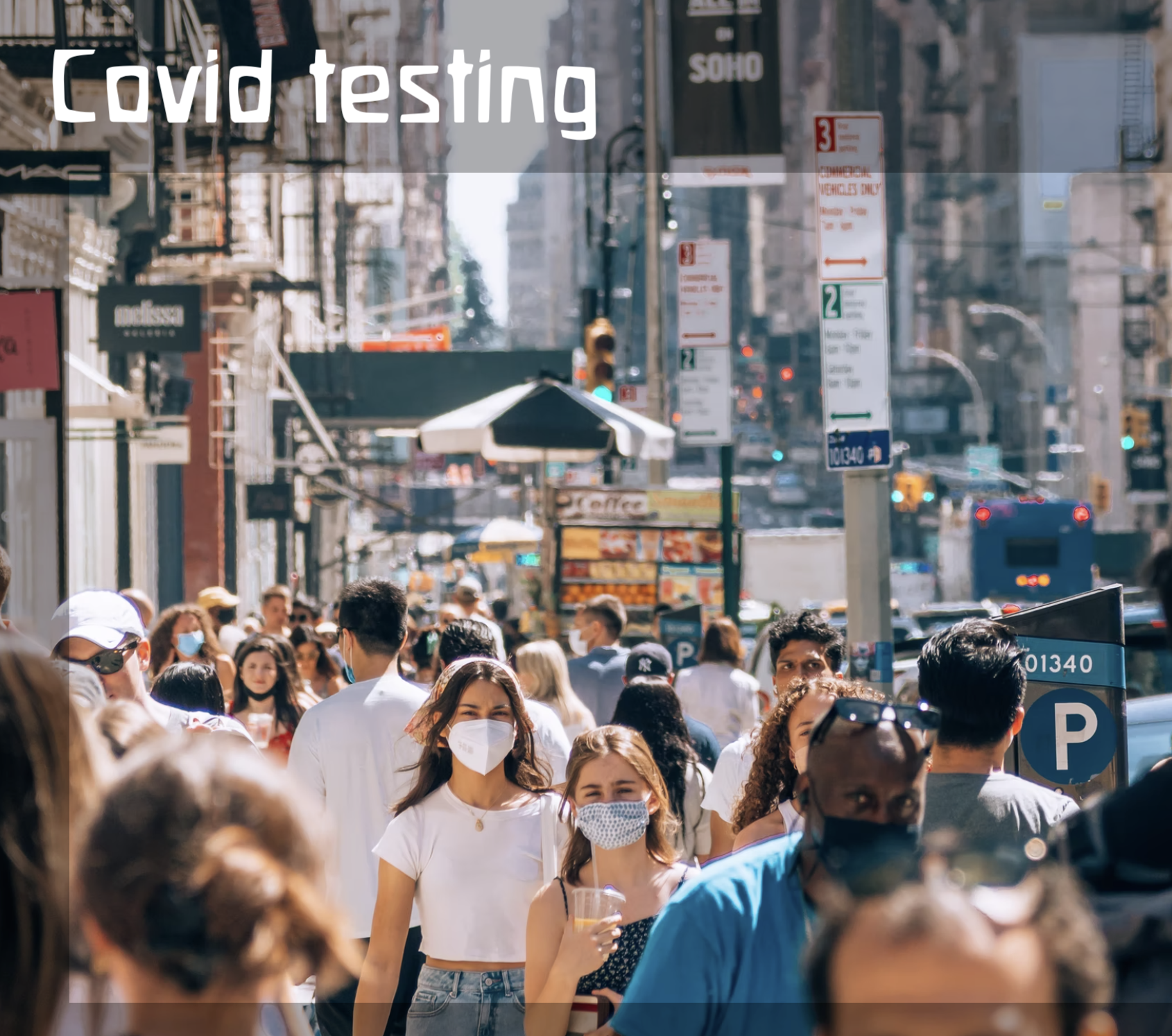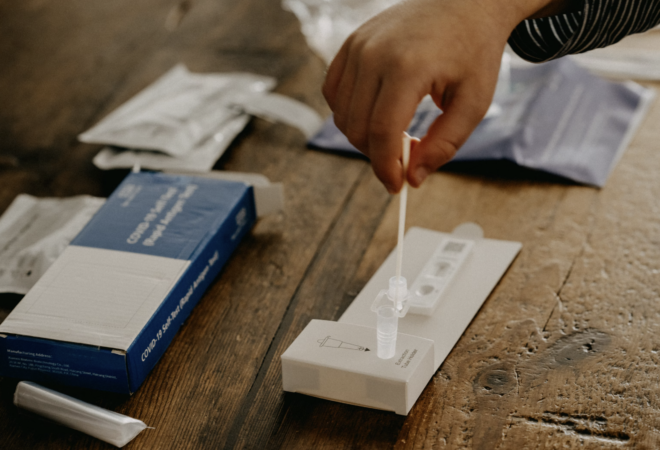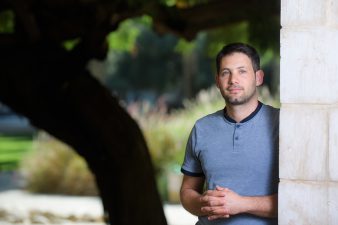
Covid is a global phenomena which has caused us all to slow down and consume less. But if we aren’t safe we can’t save the world.
The media brushed off the early days of COVID-19 as just another version of the flu virus. Some 18 months later, the public is only aware that Influenza (Flu) and COVID-19 are both contagious respiratory infections caused by viruses. However, these diseases are caused by distinct viruses. Infection with a novel coronavirus (SARS-CoV-2) causes COVID-19, while flu results from the influenza viruses.
This strain of Covid is more contagious than flu and can cause more severe diseases in certain people. With other vital factors becoming apparent, it takes longer for patients to develop symptoms, and people with the virus are contagious for extended periods.
The world is waking up to the fact that life will never be the same again. However, after a summary of everything we know, we can advise you how to look after yourself and your family and try to resume some semblance of normality.
What is COVID-19?
Covid-19 is one of a collection of Coronaviruses, each having a more or less severe effect on people and animals. Medical experts were aware of the Coronavirus family, with the first batch of research being carried out in the mid-sixties.
Coronaviruses take their name from the noticeable spikes with rounded tops that cover their surface. These tips reminded virologists of a sun’s atmosphere. Coronavirus research has been around since 1963. In 1964 the first human Coronavirus was identified by scientists.
In January 2020, Chinese state media reported that a team of researchers led by Professor Xu Jianguo had identified the pathogen behind their mysterious outbreak in Wuhan as a novel, or new, Coronavirus. Although it became known initially as 2019 –nCoV and then renamed SARS –CoV 2, the virus remains commonly called just “the Coronavirus” or “COVID-19”.
The Coronaviruses reside in most people in the guise of the common cold or mild respiratory infection. In 2019, the virus mutated into something more serious, causing some people to become very ill.
The virus killed many people while others experienced common flu-like symptoms – it was clear this virus was nothing like any other disease experienced globally for at least 100 years.
Covid-19 has proved to be a problematic virus to deal with. For 18 months from the original breakout, over 4.65M people have lost their lives, and a significant amount of others live with post-COVID disorders or Long-COVID.
Research shows that more than four weeks after being infected with the virus that causes COVID-19, some people might develop a wide range of new, returning, or chronic health problems. COVID-19 mainly affects the elderly, pregnant women, and those with specific underlying medical disorders.

Covid testing in cities like London and Tel Aviv is using home screening rapid tests. But they are full of plastic and throwaways. Anyone out there have ideas to make the tests more sustainable?
How does COVID-19 spread?
Once the outbreak in Wuhan happened, the pandemic spread quickly. Suddenly it was not just a matter of being prepared with knowledge on how to protect yourself, but also it was vital to understand the risks and symptoms that come with it.
Scientists found the most common way for this virus to spread is through contact with bodily fluids or secretions, specifically sweat, blood, or saliva, and through contamination by droplets from an infected person’s coughs or sneezes.
Although there has been speculation about COVID-19, most experts agree transmission happens mainly in three ways.
- Standing near an infected person breathing out minute droplets and particles containing the virus into the air will cause infection.
- Having virus-carrying droplets and particles land in the eyes, nose, or mouth, mainly through splashes and sprays such as a cough or sneeze.
- Anyone touching their face, eyes, mouth, or nose with virus-infected hands will become ill.
The general opinion is that people within 6 feet of an infected person are most likely to contract the disease.
Signs and symptoms of COVID-19
COVID-19 has been linked to a broad spectrum of symptoms, from minor aches to severe and life-changing illnesses. Symptoms will emerge from 2 days after exposure to the virus and as long as 14 days after being infected.
It’s vital to know what signs indicate COVID-19 exposure if this should happen because these can range anywhere from moderate (lasting several weeks) to severe (lasting months) and even death.
The following is a list of symptoms, but it’s essential to understand the list may not apply to everyone as different people have reported a vast range of symptoms and outcomes from contacting the virus – the list below is the most commonly reported symptoms.
- Fever or chills
- Dry coughs and coughing
- Shortness of breath or difficulty breathing
- Mild to extreme fatigue
- Tingling muscles or body aches
- Headaches and disorientation
- Loss of taste or smell
- Sore or itchy throat
- Congestion or runny nose
- Nausea or vomiting
- Inability to stay awake
Prevention methods for COVID-19
To lessen your chances of contracting COVID-19 or spreading it to others, follow steps:
- Meet people outside whenever possible.
- If meeting people inside, limit the number of individuals you meet and avoid crowded settings.
- If meeting people inside, try to open doors and windows to let in the fresh air whenever possible.
- When it’s challenging to stay away from other people, use a facial covering.
- Throughout the day, wash your hands with soap and water for at least 20 seconds.
- Regularly use hand sanitizer, even if you have been washing your hands.
- Prevent touching your eyes, nose, or mouth if your hands aren’t clean.
What will life be like after COVID-19?
There is no cure for C19. The vaccination program being rolled out throughout the world is the only effective tool against the virus, but the longer-term effects of the pandemic are far-reaching.
Until the entire world is vaccinated, travel restrictions will remain in place, and caution is recommended. There is a never-ending amount of speculation on what society will look like in five years. Experts in social studies suggest that positive things will emerge from our collective experiences.
People will most likely require yearly top-up vaccinations and regular testing for people who travel regularly.
On a positive note, experts suggest that there will be global solidarity against the effects of the virus with a broader view for the common good. Social scientists project that the pandemic’s common difficulties and experiences will create solidarity and bring people closer together – we hope this is true.


